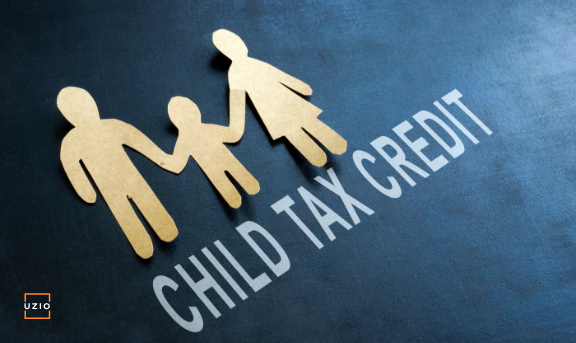
What Is Child Tax Credit in 2022 and how it is different from Child Tax Credit in 2021?
Quick links
-
What is a child tax credit?
-
What is the major difference between CTC 2021 and CTC 2022?
-
What is in store for CTC in 2023 and beyond?
The Child Tax Credit (CTC) helps families with qualifying children get a tax break. The CTC has changed significantly from 2021 to 2022. In this article we will explain these changes.
What is a Child Tax Credit (CTC)?
The Child Tax Credit (CTC) gives you a dollar-for-dollar reduction of your taxes for each dollar spent on raising children under 17 years.
To explain the difference between 2021 and 2022 CTC, let’s start with 2020. Back then, the CTC was $2,000 per child age 16 or younger. It was also phased-out if the modified adjusted gross income (MAGI) was more than $400,000 on a joint return and more than $200,000 on a single or head-of-household return.
In 2021, the CTC was significantly enhanced. As part of the American Rescue Plan Act of 2021, signed into law by President Biden, the CTC was increased to $3,600 per child under 6 years old and $3,000 for each child ages 6-17. In addition to the increased amount, families could elect an advance payment from July through December. This was a novel twist. The IRS paid half of the total credit amount in 2021 in advance through monthly payments issued from July to December of 2021.
In 2022, CTC has reverted back to $2,000 per qualifying child as it was in 2020. The advance payment from the IRS against the CTC was also stopped. In 2022, you qualify for the full amount of CTC for each qualifying child if your MAGI is below $200,000 for single filers and $400,000 for joint filers. After these thresholds, the credit reduces by $50 for every $1,000.
What is the major difference between CTC 2021 and CTC 2022?
The first major difference is in the amount of CTC itself. As stated above, in 2021, taxpayers with children ages 6 to 17 could get a credit of up to $3,000 and for children under 6, the amount was $3,600. Compared that to 2022 where the CTC amount has reverted back to $2,000 per child 16 years of age or younger.
The second difference is that there is no advance payment from the IRS against CTC in 2022 as there was in 2021.
The third difference is in the income phase out rules. In 2021, there were two phase out rules. The first one applied to the “extra credit” amount added specifically to the 2021 CTC over 2020 CTC. If your MAGI was more than $75,000 for a single filer and $150,000 for joint filer, the CTC was phased out by $50 for every $1,000 over those thresholds. The second phase out was the same as in 2020 which was for MAGI in excess of $200,000 for single filer and $400,000 for a joint filer.
In 2022, the phase out rules have reverted back to 2020 levels, $200,000 for single filers and $400,000 for joint filers.
What is in store for CTC in 2023 and beyond?
There is a strong push in the congress, especially by democrats, to expand CTC. Considering the current makeup of the Senate which is split 50-50, democrats will need the support of a number of republicans to get over the 60 vote hurdle in the senate to pass any changes to CTC. This means democrats will have to agree to some of the changes important to republicans like the work requirements to receive the CTC. Of course, all this can completely change depending upon the results of the midterm elections due in November (2022) this year. At this time, it is best to wait and watch for the control of the house and senate before making any predictions about the proposed changes to CTC in 2023 and beyond.





